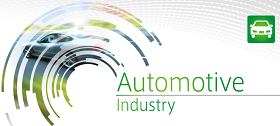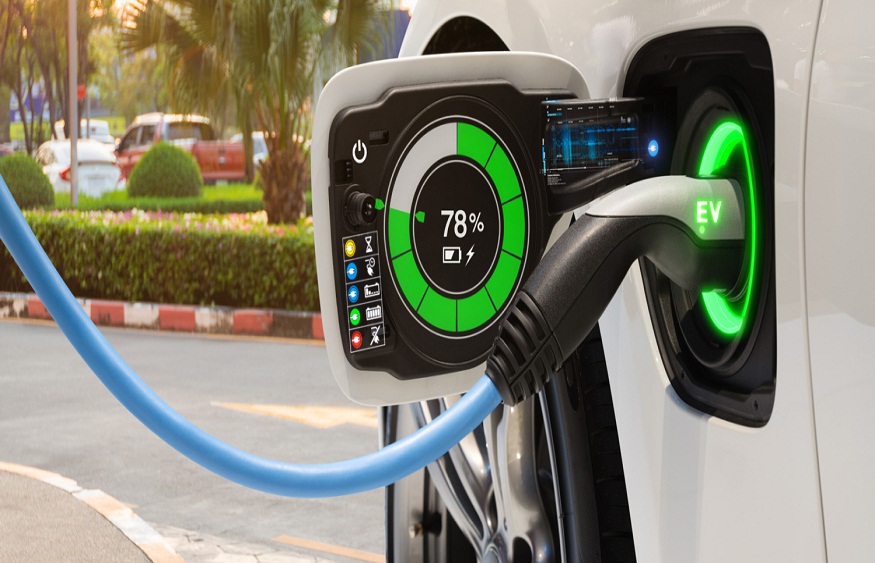Electric mobility also known as e-mobility is the use of electricity for travel via transport or via one’s personal vehicle. To facilitate the energy transition, Europe requires manufacturers to produce 100% electric models .
The arrival on the market of different electric models, combined with the development of the charging network, offers motorists the possibility of using electricity as a source of energy for their travels.
Electric mobility: operating modes and developments
While everyday e-mobility is convincing more and more people, many motorists remain perplexed about long-distance travel . However, long distances are no longer reserved for Teslas or ultra-luxury brands .
However, a good number of motorists, whether or not they are users of electric vehicles, consider that real journeys are still difficult to achieve with an affordable electric vehicle.
In 2024, however, things have already changed a lot: at the end of 2023, France had a network of 115,000 terminals. The projection for 2030, in less than 6 years, is set at 400,000.
Of course, the size of the traction battery remains a key and essential element for performing suitable relays on long journeys. The same goes for the speed on the motorway, which becomes too energy-intensive beyond 110 km/h, depending on the electric motor technology used. In addition, the price of kWh on fast charging infrastructure may seem prohibitive at first glance.
Particularly competitive subscriptions exist today, making the price of kWh very affordable on the motorway network and sometimes, depending on the region, at fast charging stations in the countryside, sometimes cheaper than at home depending on the time. All this while subscribing to a subscription offer at a preferential rate.
But now there are tips and, above all, equipment that allow you to consider crossing France and Europe without stress.
The battery. Most current production uses, for the high-intensity battery, LFP (Lithium-Iron-Phosphate) chemistry, which is less expensive and more resistant to supporting a 100% charge on a daily basis. NMC (Nickel-Manganese-Cobalt) technology has a higher energy density and supports recharging better. Less sensitive to cold, it is suitable for long motorway relays.
But the battery is not everything: aerodynamics are also essential, disqualifying certain SUVs that are too massive (in addition to weight, tire dimensions, etc.).
Other things to remember: the power of the fast charger. If on a daily basis, the integrated charger (adapted to 7.4kW AC alternating current) may be sufficient at home, the 11kW and even 22kW option for three-phase public terminals is highly recommended.
Over long distances, the power on the DC fast charging infrastructure (at least 120-130kW via the Combo CCS socket) is another key to stress-free travel. Beyond the maximum power called peak in electrical jargon, it is the charging curve between 20 and 80% that becomes preponderant.
In this part, Chinese manufacturers are often excluded: (LFP chemistry handicapping long distance).
Conversely, brands offering 800 volt architecture are favored since they very often guarantee recoveries of 300 kilometers in less than 20 minutes.
For other manufacturers, and therefore the majority of offers available at the moment, the other secret lies in the conditioning of the batteries. Indeed, maximum charging power and an efficient curve are obtained when the battery is at the right temperature, not too hot, but not too cold either.
The battery pack preconditioning system is then available as standard but is also regularly hidden in an option via a pack. When it is present on the vehicle, it must be associated with a good planner who will be the heart of the device and the key to success .
Here too, not all manufacturers are equal. The very latest generations also integrate artificial intelligence. By suggesting a stop (with or without the help of AI) at the ideal time to recharge your vehicle.
Owners with pre-conditioning will have time to swallow a coffee or a sandwich during the stop. The others will have time for the restaurant!
If the distance depends on the speed of circulation and the outside temperatures, one piece of equipment can improve things: the heat pump .
Sometimes standard, it is very regularly offered as an option for €1,000 to €1,500 . In cold weather, the gain in autonomy can reach 30%.
The other trick to limit the rapid expenditure of energy to heat the imposing living space is through heated “contact” accessories. This includes the windshield, but especially the seats and the steering wheel.
Another piece of equipment that impacts the vehicle’s energy efficiency: the panoramic roof: a lot of weight, heat in summer, cold in winter.
Last accessory: energy recovery, less efficient on the highway compared to a suburban route. Some brands provide intensity settings via paddles behind the steering wheel . The driver can then adjust this recovery with simple clicks.



